It has been established loud and clear that Magento Enterprise and Community editions are considered to be the best open source solutions that offers multiple functionalities and a professional look. Magento, content management system has become the eye candy especially for the eCommerce stores that includes the segment of Enterprise solutions too.
That is the basic reason why there are quite a number of customers requesting for making the transition…migration to Magento. This migration to Magento from other e-commerce platforms is called for or becomes necessary when the website needs a scalable platform and also calls for a superior performance that has a wider scope of integrations as well as extensions.
Transition to Magento can be brought about by renewing the functionality and changing the design of the website. While doing this, the customers would perhaps be concerned about whether the shop would operate during these transition periods or not. But, that is the biggest advantage that comes in with Magento. Your customers can do their activity and the transition can take place alongside on the server that is catered for external development. This will therefore not hamper the normal functionality of the already existing store. It is during the substitution stage that the revamped version is published.
We have many years of experience of Magento migration from many other eCommerce platforms such as Volusion, Shopify, X-Cart, ZenCart, osCommerce, VirtueMart etc. In addition, our professionals keep getting requests for migration within the different editions of Magento too. There are many websites that have made a foray into the online platform with the free edition of Magento Community and now because of exciting features of Magento Enterprise, they would make a transition into the advanced Magento.
Standard Magento Migration Process
STUDY BEFORE MIGRATION
Well, it is very much essential to prepare first to make the transition an extremely smooth one. There are two stages of this migration.
For already existing platform, we firstly understand what kind of version is needed and what kind of extensions are required. A functional analysis of the existing platform has to be made as this will aid in arriving at a totally new configuration for the system, to create or choose relevant modules that will facilitate better operation of the eCommerce store.
And for the new platform, we analyses what can be incorporated into the website…this has to be arrived at before the actual transition or migration takes place as this is the one that ascertains the capabilities of the store.
CHECK FEATURE AND FUNCTIONALITY REQUIREMENTS
When the preparation stage is done with, and all the necessary information is on hand about the old platform and about the new platform, the attention should now shift towards the functions of the system.
Magento is the major choice for all eCommerce stores now for the kind of scalability and functionality that the modules come in. But, the needs of the store owners are very much specific and sometimes the required extension may not be available too. So, it becomes essential to scour through the Magento ecosystem to buy some ready modules. The official marketplace is filled with developers who can come up with the desired kind of a module. So, getting modules specific to a given nature of a business is not at all difficult but it gets a bit delayed as it has to be developed. The entire Magento community has numerous developers who have the ability to come up with the required kind of modules. So, one has to approach experienced professional developers for Magento development.
We have Magento developers team who are experienced and have qualification in what they do. Apart from that we have recognition at international level of which we boast!!
RELOCATION OF DATA
When the functionalities of the migrated version are clear, the next step in the Migration process would be transferring the entire data to the revamped site. There are very important aspects that one needs to take extra care during the data transfer. You must transfer all products, orders, contacts and content data carefully and not forget to implement same SEO changes as earlier one.
Usually, all of the above cannot find place in the new platform and a whole lot depends on the specific E-Commerce engine. So, it is therefore extremely essential to ascertain what all details can be lifted from the earlier content management system. One should remember that only two of the elements can be imported easily and they are Users/buyers and Items. There will definitely be a few challenges encountered while importing the other elements.
DESIGN IMPLEMENTATIONS
For design, either make use of an existing theme or develop from scratch or the easiest way is to come up with a responsive design for the new platform, which is possible with Magento.
However, if you are keen on retaining the old design, it can be transferred without making any kind of changes. There are a whole lot of new features in Magento and so, there are bound to be some differences in the new version. So, refining the old design is extremely essential. Anyway, the responsive website design format is found to be the ideal solution.
The entire process of migration should be put through the testing process. During this process, the performance of the renewed site on the actual domain is observed. Before it is actually switched, one has to assess the quality of the work that has been incorporated. So, it is essential to pre-publish the same. As a part of pre-publishing the Magento developer will perform functional testing, cross browser compatibility and load testing. When all these tests give out positive outcomes, the process can be taken further.
PREPARATION OF NEW HOSTING AND SETUP
Hosting requirements for Magento may differ when compared to the previous one. The server environment therefore has to be adjusted or bettered. In fact, use of modern technologies will ease the problem. One has to arrive at the right solution that will best fit the requirements of the Magento store.
Once the final synchronization is done, the next step is to accomplish the final testing of the store. Like the earlier step, the store will be subject to different scrutiny processes to ascertain its performance.
TECHNICAL SUPPORT
It is strongly recommended that you avail technical support as we do once the entire eCommerce store is ready, up and running. It is ideal as there will be Magento experts who will constantly monitor the performance and operation of the website. They will also be able to implement different improvements into the store so that changes can be quick and effective too.
When you look at it, the overall process…migration to Magento coupled with the quality assurance is almost like getting a new project. Only difference is that…internal migration from Magento Community to Enterprise or vice-versa may take lesser time. Whatever be the transition, it should be treated with great seriousness as the business is involved and is at stake. When there is an experienced and a qualified team at the helm of affairs, there is nothing to worry. Many popular businesses are relaxing in the glory that Magento editions bring in. Contact us for any queries.



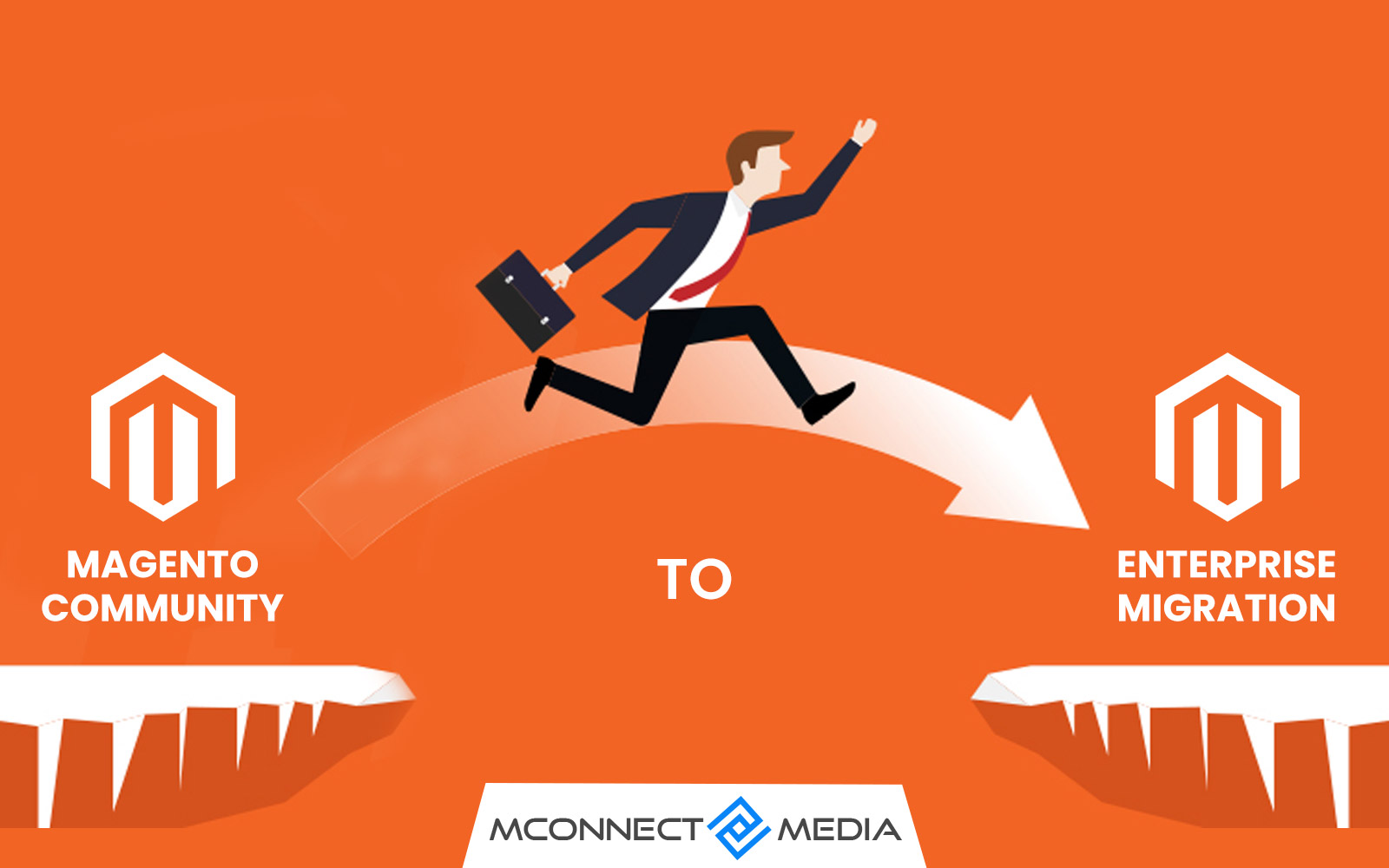
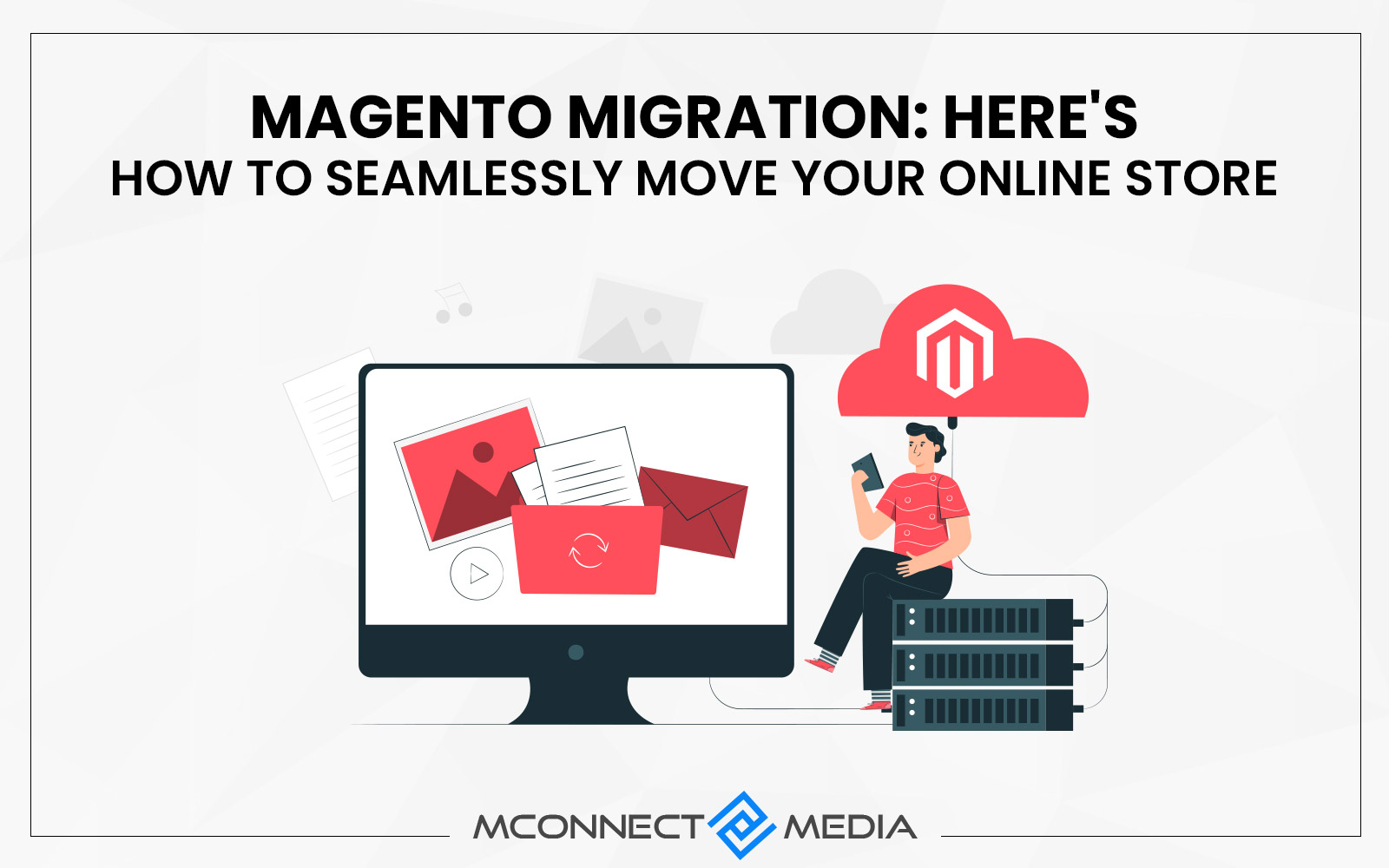
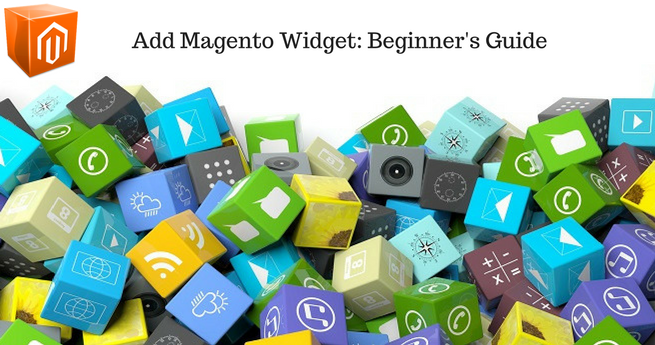
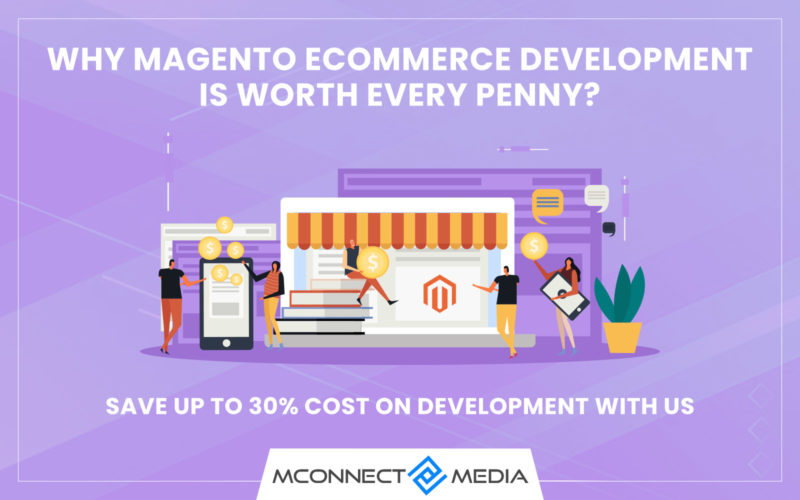
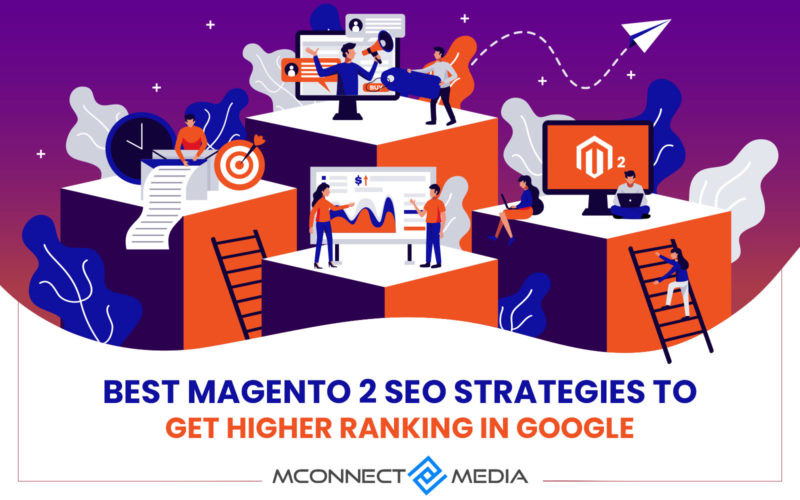

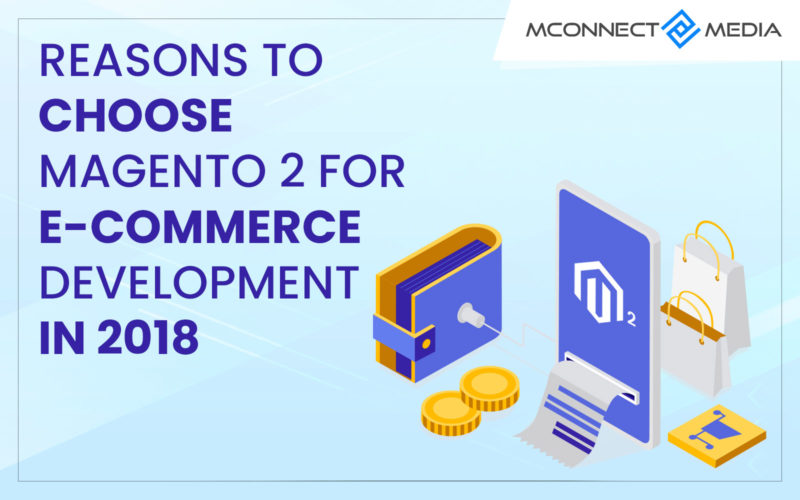
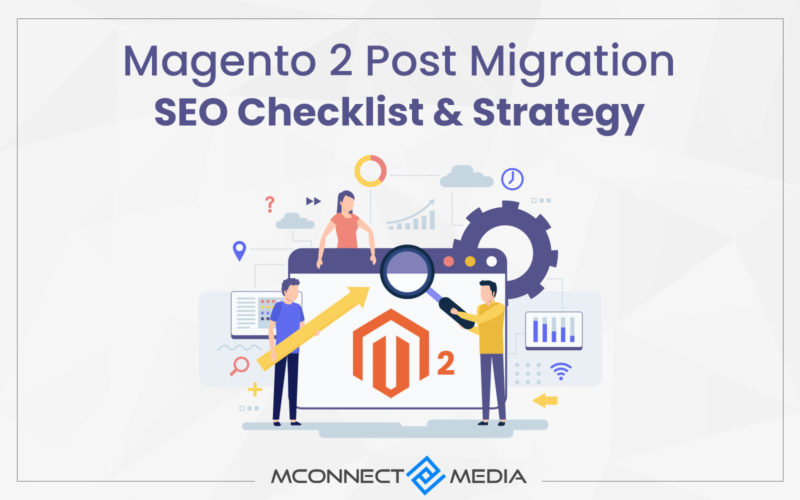
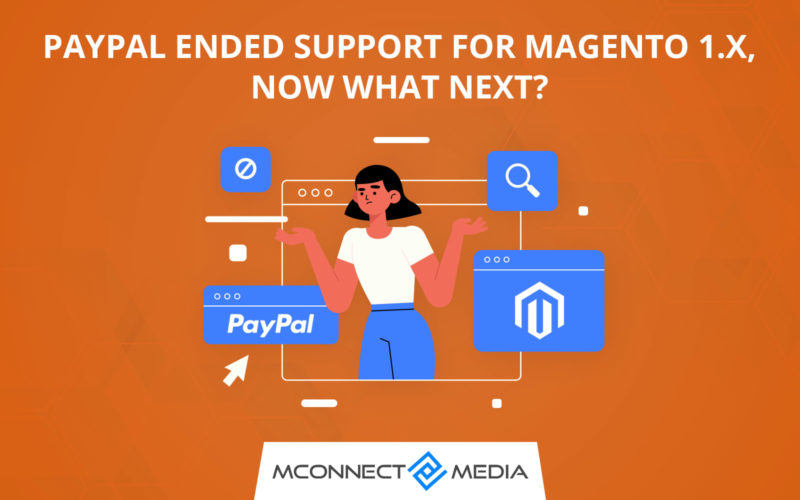
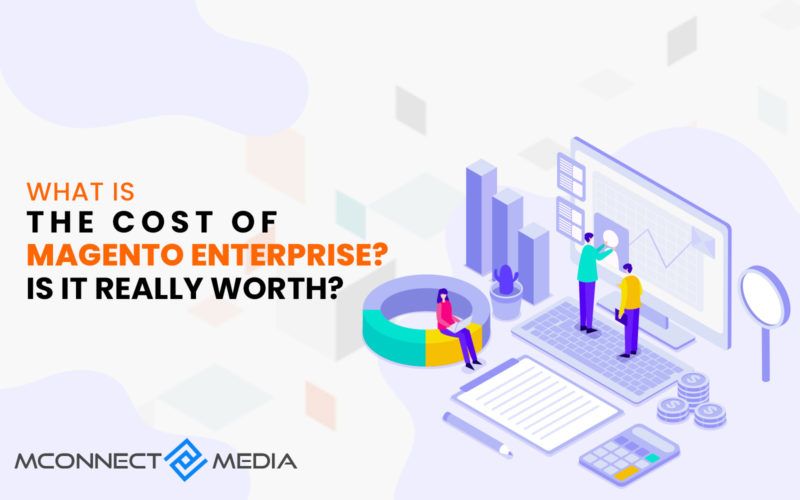


Hey,
I am in a big dilemma. My store is in shopify and want to migrate to any other platform. Which platform would be best? Joomla or Magento?
P.S. I am regular reader of your blog posts especially eCommerce ones.